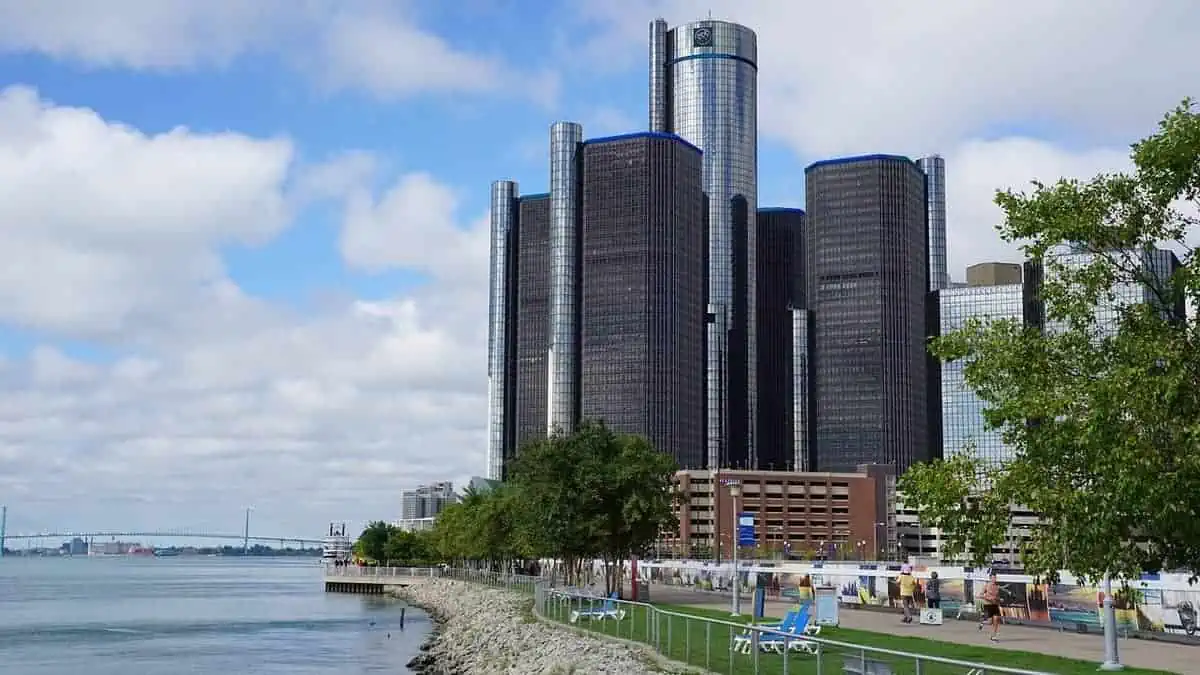American legacy automaker General Motors is reportedly negotiating with Chinese battery giant CATL as it seeks to license its cheaper lithium iron phosphate (LFP) battery technology, according to Car News China.
CATL to license LFP battery tech to GM
GM and CATL are currently in talks to partner on LFP battery technology through an LRS (license royalty service) agreement. As part of the potential agreement, GM will also establish a factory to build the batteries in North America.
As of now, the details of negotiations are still scarce. Nonetheless, reports suggest that the battery factory will highly likely rise in the United States or Mexico.
How would it work?
GM’s ongoing negotiations with CATL are apparently similar to the Chinese battery giant’s partnership with Ford.
In hindsight, Ford announced plans to invest $3.5 billion last February to develop a new LFP factory, the BlueOval Battery Park Michigan. Ford partnered with CATL to license its LFP battery tech.
As part of the agreement, Ford will produce the battery cells using CATL’s knowledge and expertise. Basically, CATL would develop the battery production lines, establish supply chains, commission manufacturing lines, and manage production processes. Meanwhile, the automaker will shoulder all the capital expenditure for the factory.
CATL would not own a share of the battery factory. However, it will collect patent licensing fees and service fees.
Ford’s factory is expected to start operations in 2026 to support the production of the brand’s next-gen EVs. Therefore, if the GM-CATL deal will transpire, the factory will likely launch by about 2027.
Advantages
The potential partnership with GM and CATL for cheaper LFP batteries will give them access to federal tax credits of up to $7,500 in the United States.
According to the new “foreign entity of concern” clause, electric vehicles can lose their tax credit eligibility if their battery components or minerals come from select countries, including China. Notably, all China-incorporated companies or those in which the government owns 25% or more of the shares are likely categorized as FEOCs.
The licensing deal eliminates the issues a fully or jointly-owned factory would face. For instance, Ford and CATL’s partnership enables the Chinese battery giant to benefit from only a one-time fee for selling battery production equipment and establishing a supply chain, along with other royalties based on the number of batteries produced.
Moreover, it will also allow GM to build cheaper electric vehicles to attract more customers amid the intensifying competition in the global market.






